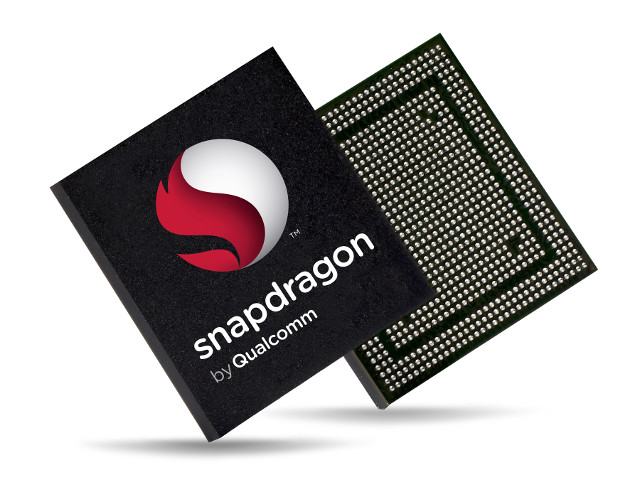Qualcomm Technologies and Samsung Electronics have jointly announced that the upcoming Qualcomm Snapdragon 835 processor for mobile devices will be manufactured using Samsung’s 10-nanometer (nm) FinFET process technology.

Sadly, neither companies provided further details about the processor itself, but they did offer some insights in the performance and power efficiency improvement between 14nm and 10nm processes with Samsung’s 10nm technology allowing up to a 30% increase in area efficiency with 27% higher performance or up to 40% lower power consumption.
Snapdragon 835 is said to be in production now with commercial devices featuring the new processor expected in H1 2017.

Jean-Luc started CNX Software in 2010 as a part-time endeavor, before quitting his job as a software engineering manager, and starting to write daily news, and reviews full time later in 2011.
Support CNX Software! Donate via cryptocurrencies, become a Patron on Patreon, or purchase goods on Amazon or Aliexpress





They also haven’t mentioned which 10nm process will be used. Samsung has 3 for 10nm, LPE, LPP, LPU. IIUC, LPU should offer even higher density compared to LPE and LPP. 2017 – 10nm chips arrive, 2018 – 7nm chips arrives and Intel might not become a leading semiconductor factory (to be seen). The current estimates are that TSMC 7nm will be slightly better than Intel 10nm. Both should arrive at similar time. Very interesting times.
Great. Lets have a look at the competion: Samsung of course will use this too for their Exynos SOCs. Mediatek ? Still on 28nm planning to do 14nm. Rockchip: Still on 28nm. Amlogic: Still on 28nm. Allwinner…not sure 28nm or worse. So why are the others sleeping ? Sign a deal with Samsung or TMSC (14nm so far) instead of staying with the old and power-hungry 28nm ?!?